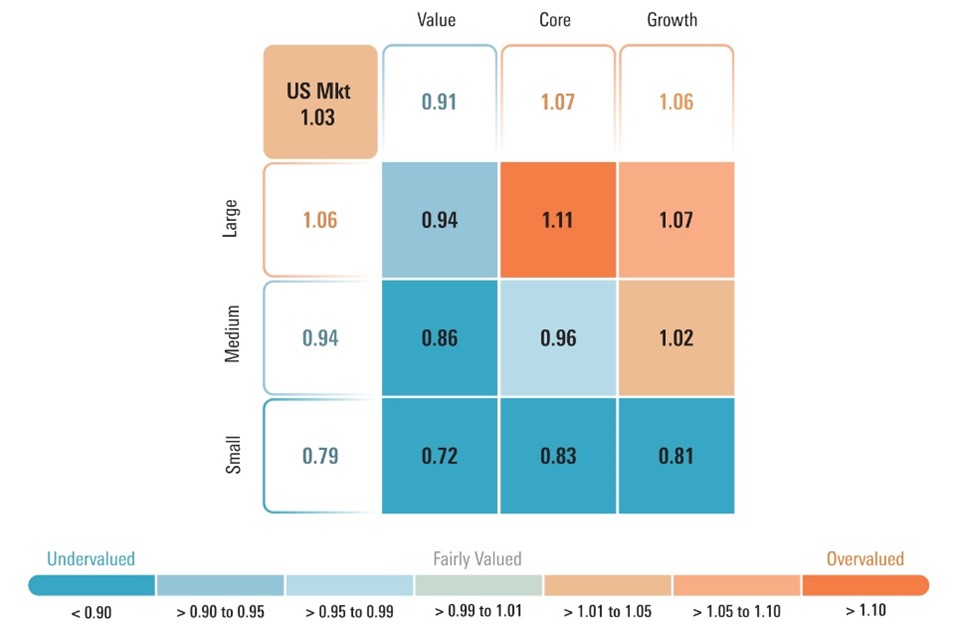It is important to assess the price and cost of AI trading platforms that predict/analyze price of stocks. This can help you avoid hidden costs or expenses. Prices vary widely and it's crucial to know what you're getting for your money. These are the top ten tips for evaluating cost and price:
1. Understanding the Pricing Model
Subscription-based platforms: Find out if you have to pay a monthly or yearly fee. Also, find out the features included with each level.
Pay-per-use : Confirm that the platform charges according to usage (e.g. trades, requests for information or forecasts).
Freemium Model: Look whether the platform offers a free version which offers only a few options. The premium features are charged for.
2. Compare Pricing Tiers
Check out the features offered by each price tier, e.g. Basic, Professional Enterprise, Basic.
Scalability: Ensure that the price levels are in sync to your requirements.
Upgrade flexibility: See if you can easily change or upgrade your plan when your needs alter.
3. Evaluate Hidden Costs
Data fees - Check if the platform charges an extra cost to access the most valuable information (e.g. data in real time and advanced analytics).
Brokerage fees: Find out whether the platform charges extra costs for execution of trades or integration with brokers.
API usage. Check if any additional costs are incurred due to API access, or frequent API usage.
4. Demos and Trials are Free to Download
Trial period: Look for platforms that provide an opportunity to try a trial or demo to test their capabilities before you commit to.
Limitations of the trial Make sure that it is inclusive of all features or if it has limitations in terms of functionality.
Options with no commitment The user can cancel your trial without incurring fees if you feel that the software does not meet your needs.
5. Find out about discounts and promotions.
Annual discounts Find out whether you qualify for an annual discount plan when compared to monthly plans.
Referral programs - Check to see whether there are any discounts or credits available for referring new users.
Find out about pricing for institutions If you're part of an enterprise with many employees.
6. How do you evaluate return on investment (ROI).
Cost vs. value: Assess whether the capabilities and features of the platform justify its cost. For instance, does it aid you in making a better decisions in trading or help you save time.
Performance track record - Research the platform's performance rates or user testimonials for an indication of its potential ROI.
Alternative costs: Comparing prices for the platform with the cost that may be incurred in the event it is not used (e.g. lost opportunities, manual data analysis time).
Review Cancellation/Refund Policies
Cancellation terms: Ensure you can cancel your subscription without penalty or hidden costs.
Refund policy: Check if the platform offers refunds for unused portions of your subscription.
Auto-renewal : Find out whether your subscription is auto renewed by the platform. You can also discover how to cancel it.
8. Examine Transparency of Pricing
A clear pricing page - Make sure there are no additional fees that are not mentioned on the pricing page.
Customer Support For clarification of unclear prices and costs, contact customer service.
Contract Terms: Go through the contract terms to determine the existence of penalties or obligations over the long term.
9. Compare with Competitors
Feature comparison: Compare the pricing and features of the platform with its rivals to make sure you're getting the most value for money.
Reviewer reviews: Check out the feedback of users to determine if the platform's cost is justified.
Market positioning: Check the price of the product, whether it's a high-end, mid-range, or low-cost alternative and if it is in line with what you expect.
10. Evaluate Long-Term Costs
Price rises: Find out if and when the platform raises its prices.
Feature additions: Assess whether new features are included in your current plan, or need to be upgraded.
Costs of scaling: Make sure the pricing of your platform is fair when you expand your trading or data requirements.
Bonus Tips
Try a variety of platforms. Test the capabilities and benefits of various platforms by testing their capabilities during free trials.
Offer prices to negotiate: If you have a lot of customers or are part of an organization, you can ask for discount and pricing that is custom to your needs.
Look for free educational tools and resources. Some platforms offer educational tools or resources that are complimentary.
Utilize these suggestions to determine the costs and prices for AI analysis and stock prediction platforms. Choose one that meets your needs and falls within your budget. A reasonable price for a platform should be able to balance cost-effectiveness with the functionality. This will allow you to achieve maximum trading success. Read the top ai trading for site info including ai investing app, AI stock market, AI stock market, ai for trading, ai for investment, best ai trading software, stock ai, market ai, ai for investment, ai investing and more.

Top 10 Tips On Assessing The Transparency Of AI stock Predicting Trading Platforms
Transparency plays a crucial role when evaluating AI-driven trading as well as platform for stock predictions. It gives users the capacity to trust a platform's operation, understand how decisions were made and to verify the accuracy of their predictions. These are the top 10 ways to gauge the level of transparency that these platforms offer.
1. AI Models: A Simple Explanation
TIP: Make sure the platform explains clearly the AI algorithms and models that are used to make predictions.
Knowing the technology behind it allows users to assess its reliability.
2. Disclosure of Data Sources
Tip: Check if the platform discloses the data sources it uses (e.g. historic stock data, social media).
The platform will use reliable and comprehensive data if you know the sources.
3. Performance Metrics, Backtesting, and Results
Tips Look for reports that are transparent of performance metrics.
Why: This lets users test the effectiveness of the platform and its historical performance.
4. Real-time notifications, updates, and updates
Tip. Check if the platform is able to provide real-time information and alerts regarding trades or changes in the system, such as trading forecasts.
The reason is that real-time visibility means that users are always conscious of crucial actions.
5. Limitations - Communication that is open
TIP: Check if your platform provides information about the limitations and risks of the trading strategies it employs and its predictions.
The reason: Recognizing your weaknesses will help build trust with users and help them make informed choices.
6. Raw Data to Users
Tips: Find out if the AI model can be utilized to access raw data as well as intermediate results or both.
Why: The raw data are available to anyone who wants to conduct their own analysis.
7. Transparency about fees and charges
Make sure you read the terms and conditions on any platform you are considering.
Transparency in pricing is a great thing. It prevents unanticipated costs and boosts confidence.
8. Reporting Regularly and Audits
Examine whether there are any regular reports on the platform or third-party auditors verify its operation and its the performance.
Why independent verification is important: It increases credibility and accountability.
9. Predictions and Explainability
TIP: Search for information about how the platform generates predictions or specific recommendations (e.g. important features and decision trees).
Explainability is a software that assists users in understanding AI-driven decision-making.
10. User Feedback and Support Channels
Tip - Check if the platform provides open ways to receive feedback and assistance from users, and whether they respond in a transparent manner to user complaints.
Why? Responsive communication demonstrates a commitment towards the transparency of communications and satisfaction of users.
Bonus Tip Regulatory Compliance
Make sure the platform is compliant with the relevant financial regulations and declares its compliance status. This is another level of trust and transparency.
By thoroughly assessing these aspects, you can determine whether an AI stock prediction and trading platform operates transparently, enabling you to make informed choices and have confidence in its capabilities. Follow the top rated ai for trading stocks advice for blog info including ai options trading, AI stock analysis, best stock prediction website, ai trading tool, invest ai, free ai tool for stock market india, best AI stock prediction, best ai penny stocks, AI stock analysis, best AI stock prediction and more.
